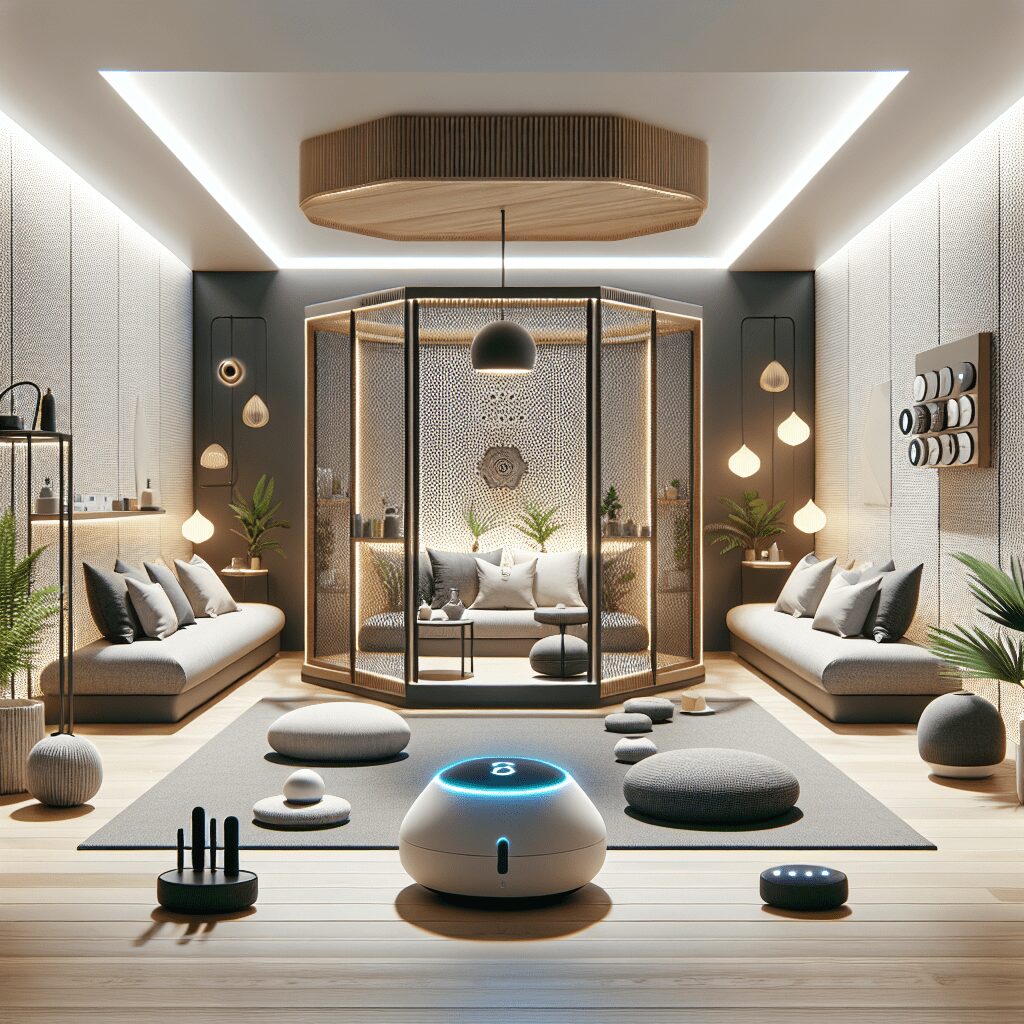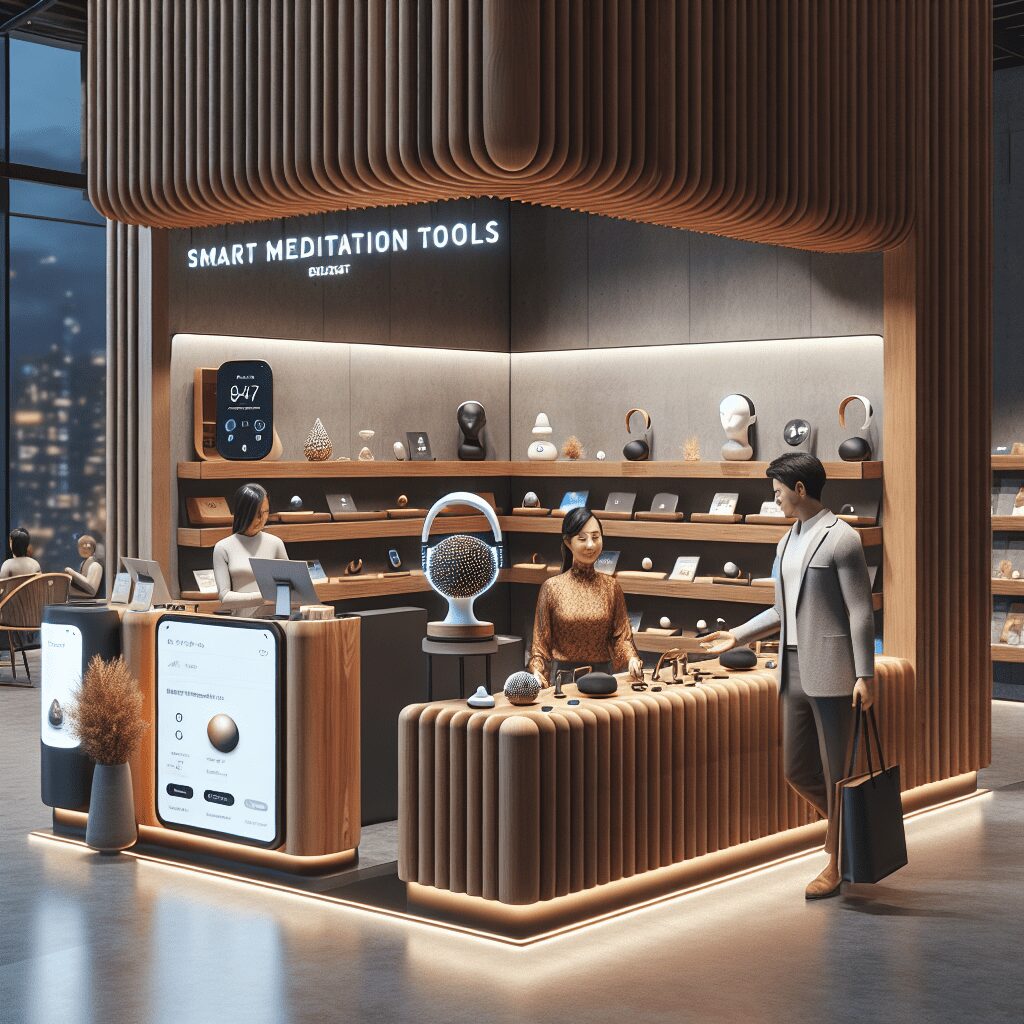
Prioritize your mental well-being daily. Enhance your life by nurturing your mental health with the Smart Meditation app. Break free from stress, alleviate anxiety, and enhance your sleep quality starting today.
Do Men Or Women Experience More Anxiety?
The Complexity of Anxiety Across Genders
In the ever-spinning world of stressors and triggers, anxiety doesn’t discriminate. Yet, when we peel back the layers, a pattern begins to emerge, painting a complex picture of how men and women experience anxiety differently. Delving into this subject requires a careful approach, examining not just the prevalence, but the societal, biological, and psychological nuances that define the experience of anxiety across genders.
Anxiety: A Closer Look at the Gender Divide
Contrary to what one might assume, the battle against anxiety isn’t fought on an even playing field. Studies have consistently shown that women are about twice as likely as men to suffer from anxiety disorders. This statistic, however, is just the tip of the iceberg.
Biological Underpinnings
Let’s cut to the chase: hormones play a significant role. Fluctuations in hormones, such as those experienced during menstrual cycles, pregnancy, and menopause, can exacerbate feelings of anxiety in women. Moreover, the brain chemistry is not to be sidelined; differences in serotonin levels and reactions to stress hormones also contribute to heightened anxiety in females.
Societal Expectations and Stressors
Ever heard of wearing multiple hats? Women often juggle numerous roles – professional, caregiver, partner, parent – each accompanied by its own set of expectations and pressures. The societal dictum of being the “perfect” everything can amplify stress levels, laying fertile ground for anxiety to flourish.
On the flip side, men aren’t off the hook. The stoic, “tough it out” mentality deeply ingrained in many cultures discourages men from acknowledging their struggles or seeking help. This not only skews statistics, making men’s anxiety potentially underreported, but it also compounds the psychological toll, trapping anxiety under a veneer of silence.
The Role of Socialization
From a tender age, boys and girls are socialized differently, with lasting impacts on how they handle emotions. Girls are often encouraged to express their feelings, while boys are dissuaded from displaying vulnerability. This disparity sets the stage for divergent coping mechanisms, with women perhaps being more likely to seek support and men resorting to internalization or substance use.
Bridging the Gender Anxiety Gap
Knowledge is power – and in this case, understanding the multifaceted nature of anxiety across genders is the first step towards bridging the gap. Here are a couple of strategies:
- Promote Open Dialogues: Cultivating spaces where both men and women feel safe to share their experiences with anxiety can dismantle stigmas and encourage help-seeking behavior.
- Tailored Support Systems: Recognizing the unique triggers and manifestations of anxiety in men and women can guide the development of more effective, gender-sensitive support and treatment options.
The tangled web of anxiety, woven with threads of biological, societal, and psychological factors, reveals a critical truth: while women may statistically bear a heavier burden, the silent struggle of men is not to be overlooked. As society evolves, so too should our approach to understanding and addressing anxiety, ensuring that no one is left to fight their battles in the dark.





